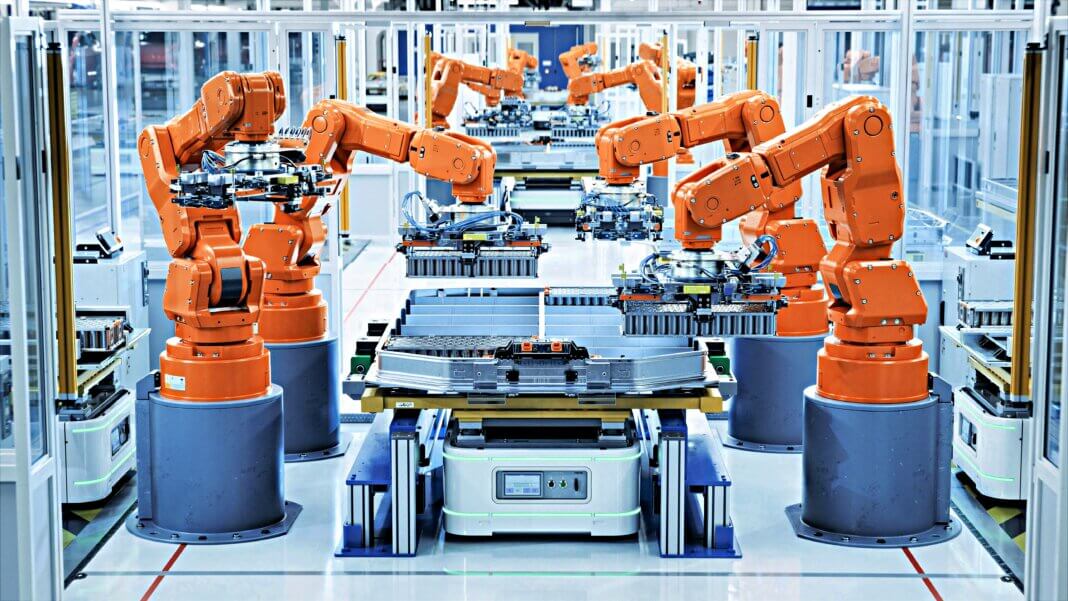How Automation Can Enhance Sustainability in Manufacturing
Many manufacturers adopt automation technology to cut costs, increase capacity or offset labor shortages. While sustainability is an underutilized application, it is picking up speed as more business leaders realize the benefits of investing. There are numerous ways they can implement these solutions to reduce their carbon footprint.
1. Improves Maintenance-Related Resource Use
Typically, anywhere from 30% to 50% of maintenance is emergency work related to unexpected equipment failure. Facilities should aim for no more than 15%, with 80% to 85% of repairs being preventive. They can achieve this goal by using automatic monitoring with alerts, enabling them to reduce unnecessary maintenance and minimize resource waste during repairs.
2. Decreases Administrative Resource Usage
Manual administrative work is often unsustainable. The paper comes from clear-cutting forests, the pens are made of plastic and the overhead fluorescent lights stay on all day. Digitalizing and automating these processes with artificial intelligence promotes resource conservation.
3. Upgrades Assembly Line Energy Efficiency
Although manufacturing conjures images of towering smokestacks and endless assembly lines, this industry is a sustainability leader. Libby Peake, a senior policy adviser at Green Alliance, says that the top factories are improving their energy efficiency around five times faster than the average organization. The secret is automation.
Companies can improve assembly line energy efficiency by automating lighting based on occupancy, time of day or motion. Also, building management systems can monitor electricity use in real time, adjusting controls to optimize power consumption.
4. Enables Efficient Just-In-Time Production
This technology enables just-in-time production — a manufacturing strategy where products are produced only when orders are placed — eliminating the guesswork to reduce waste and improve energy efficiency. The less they use the assembly line when it’s unnecessary, the more they save. Companies also benefit from improved lead times.
5. Lessens Waste Associated With Quality Control
A computer vision system with built-in sensors and AI can identify flaws more accurately than any human, enhancing quality control. Its usefulness goes beyond detecting dents and scrapes — it can use hidden context clues to determine the product defects’ origin, helping companies reduce waste.
6. Reduces Packaging-Related Waste Generation
Inefficiencies — including overlooked product defects and human error — can create waste during packaging. Automated articulated robot arms are faster and more precise than workers, improving efficiency while reducing material waste.
7. Minimizes Procurement and Distribution Emissions
Material procurement and product distribution could be more sustainable. On average, an organization’s supply chain emissions are around 11.4 times higher than its direct emissions. Companies can reduce these effects with automated route optimization software. They could even get creative and use AI-driven load optimization to improve fuel efficiency.
8. Quickly Identifies Recyclable Materials
The by-products that factories create include scrap metal, cardboard or plastics. A computer vision system connected to an articulated arm could automatically identify, categorize and sort these recyclable materials, giving them a second life. Human workers can focus on complex, value-added tasks instead.
9. Increases Inventory Management Efficiency
Warehouster — a logistics asset provider — has deployed automation tools for inventory management, product transport and order processing. These solutions lower fuel consumption and resource waste. Sandeep Chadha, the company’s founder and CEO, says automation and robotics are “game-changers” that enable greater “precision, speed and scalability.”
Since manufacturers are sandwiched between suppliers and distributors, each benefit has ripple effects. Automating inventory processes to increase fuel efficiency and prevent product waste improves sustainability across the board.
10. Facilitates Sustainable Technology Investments
According to a 2024 IBM study, facilities that integrate sustainability into business practices are 52% more likely to outperform their peers profit-wise. The more they save, the more they can invest in sustainable initiatives. For example, they could install solar panels or a green roof. They could even expand their automation technology stack.
Since this technology is mature, it is relatively affordable. Jonathan Dawley, president and CEO of Kion North America, says automation is now accessible for a “much larger segment of the market.” He believes companies see it “not as an ‘if’ but as a ‘when’ solution.”
Automation Can Give Manufacturers a Competitive Edge
Early adopters could gain a competitive edge by improving everything from fuel efficiency to power consumption. However, they must proceed carefully — implementation doesn’t necessarily guarantee success. Benchmarking and consistent monitoring can help them ensure they achieve the sustainability improvements they are looking for.
